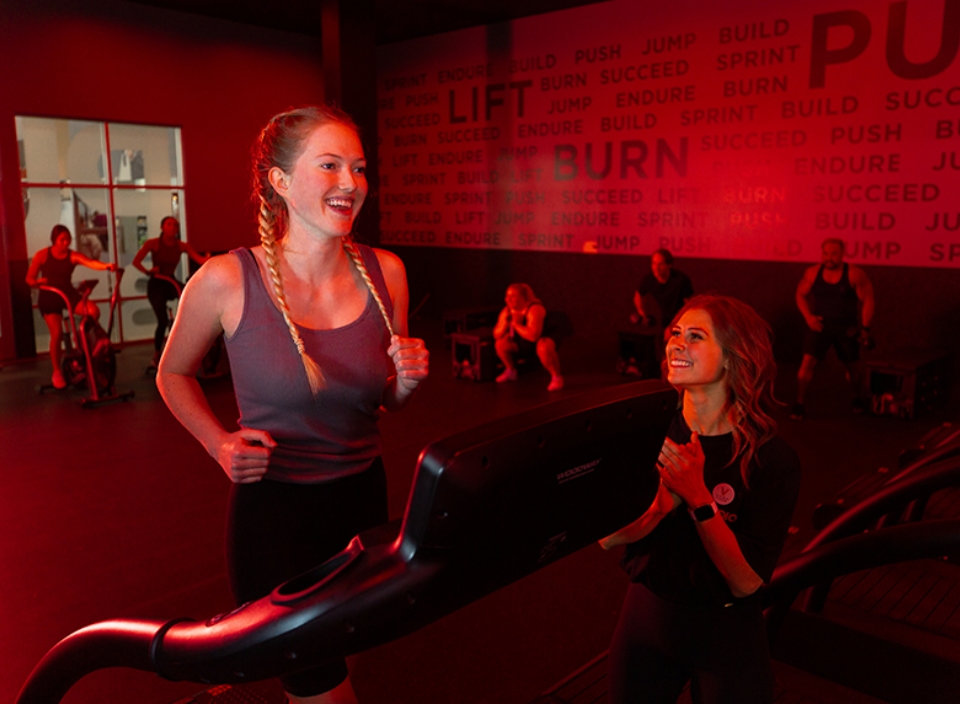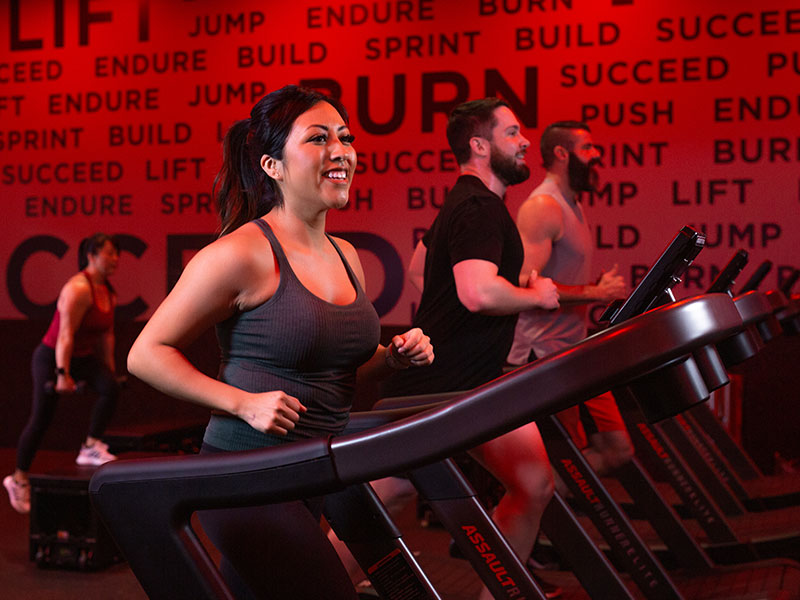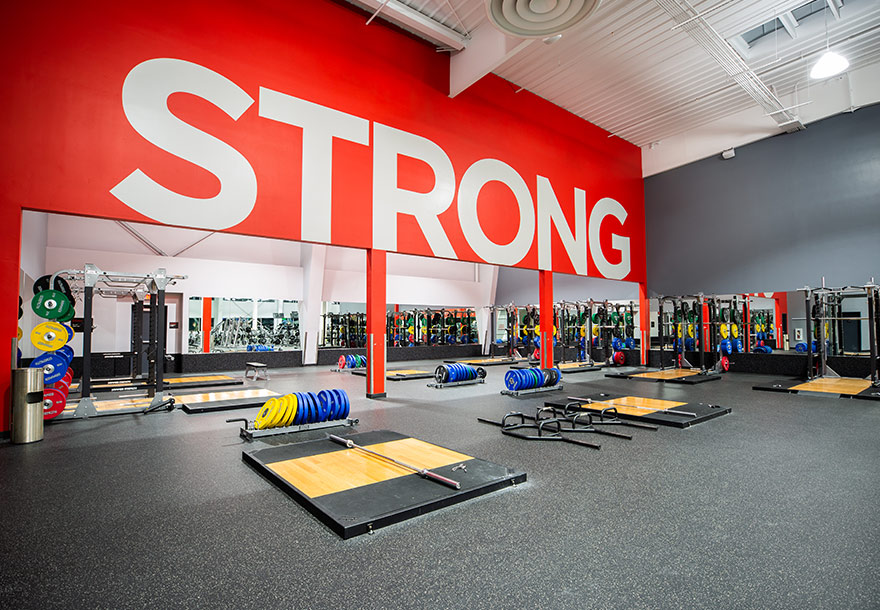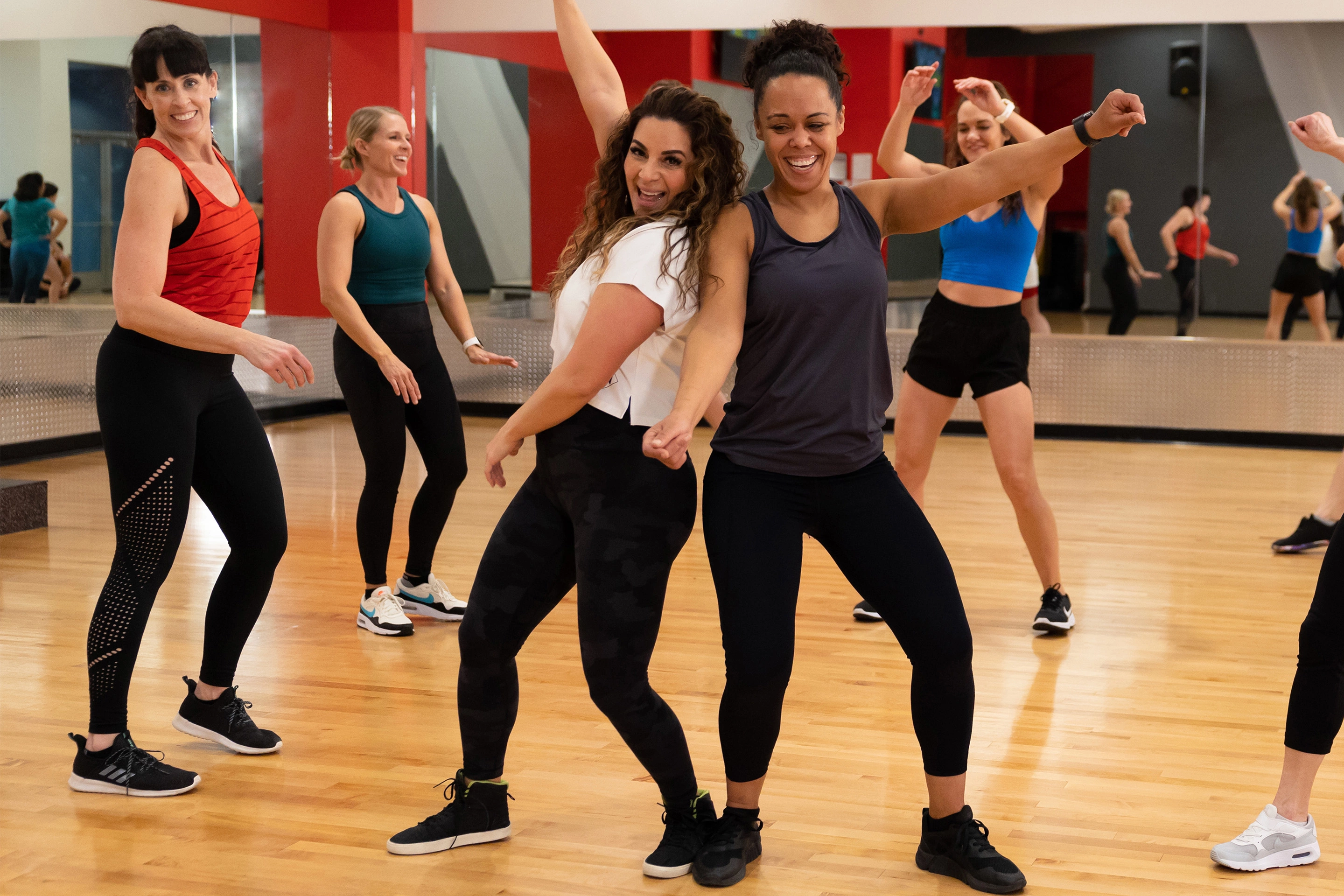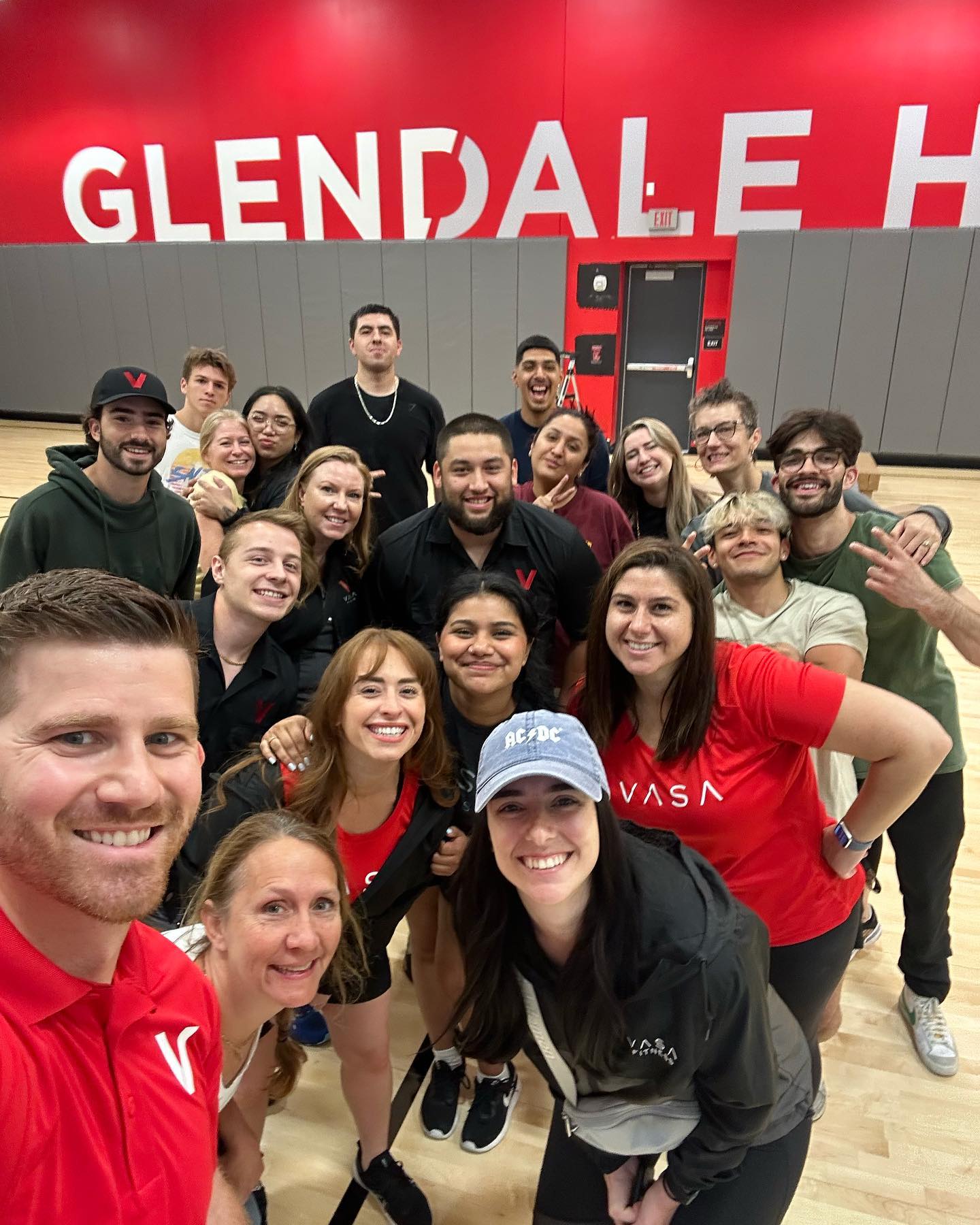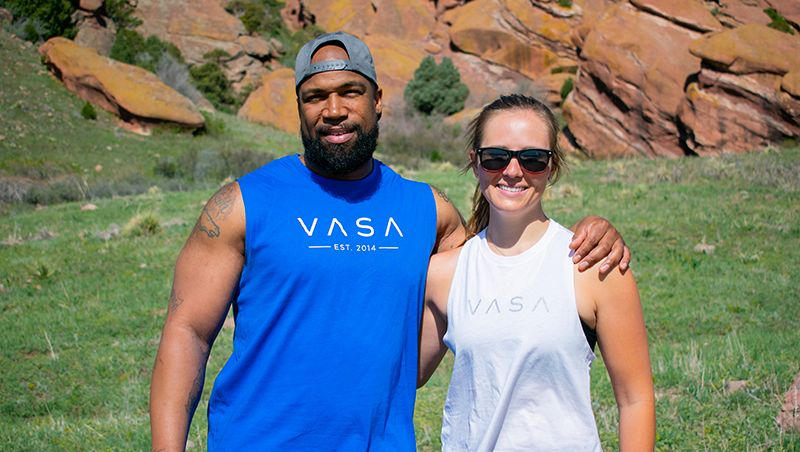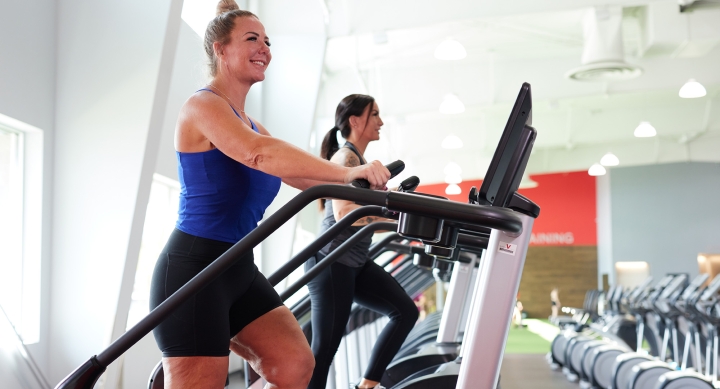The key to any successful workout plan is consistency. You need to challenge your body regularly if you want to reach your fitness goals.
Tracking your reps, weights, and sets is the easiest way to ensure you’re pushing yourself to the best of your ability during every weightlifting session. It’s also a great way to see how you’ve improved over time!
With so many workout plans available, it can be hard to determine the ideal number of reps and sets you should be doing to meet your goals. Understanding the role reps and sets play in building muscle, strength, and endurance will help you build your workout plan.
WHAT IS A REP IN THE GYM?
Rep, short for repetition, is the number of times you perform one complete move or exercise. To illustrate the idea, pick up a dumbbell and let your arm hang at your side. Perform a curl by using your bicep to bring the weight toward your shoulder. Then, slowly lower your arm back to your side. That would be one rep.
Each rep puts your muscle through two different phases: a lengthening phase and a contracting phase. You can feel the muscles in your arm contracting as you curl the weight towards your shoulder, and you can feel them lengthening as you lower it. It’s important that you don’t cheat and allow your muscles to fully contract and lengthen to get the most out of your workout.
WHAT IS A SET IN A GYM?
A set is simply the number of times you perform a series of reps. Usually, you want to have short rest periods between sets to regain some energy. If you do 10 reps of curls three times, you’ve done three sets of curls.
FITNESS GOALS GUIDE TO YOUR WORKOUTS
Now that you have some background definitions, it’s time to start looking at practical applications and developing your tailored workout plan.
Before heading to the gym, think about the results you’d like to see from your workout and set high-rep. Are you looking to build muscle mass? Are you training for endurance? Or are you just looking to get healthier? Depending on your training goals, your rep/set series can change. For instance, it’s recommended that those looking to improve their muscular endurance should complete high-rep sets with lighter weights. However, someone looking to bulk up and build muscle should do the opposite: lower reps with heavier weights.
As a blanket statement, the typical gym-goer performs two to six sets of four to 12 reps. Although this is a wide range, it is meant to be a loose guideline of what to do based on your personal routine. People who lift weights usually focus on one of three things: building muscle mass, improving their endurance, or general strength training. Let’s take a look at how these goals inform the number of reps and sets you should include in your workout.
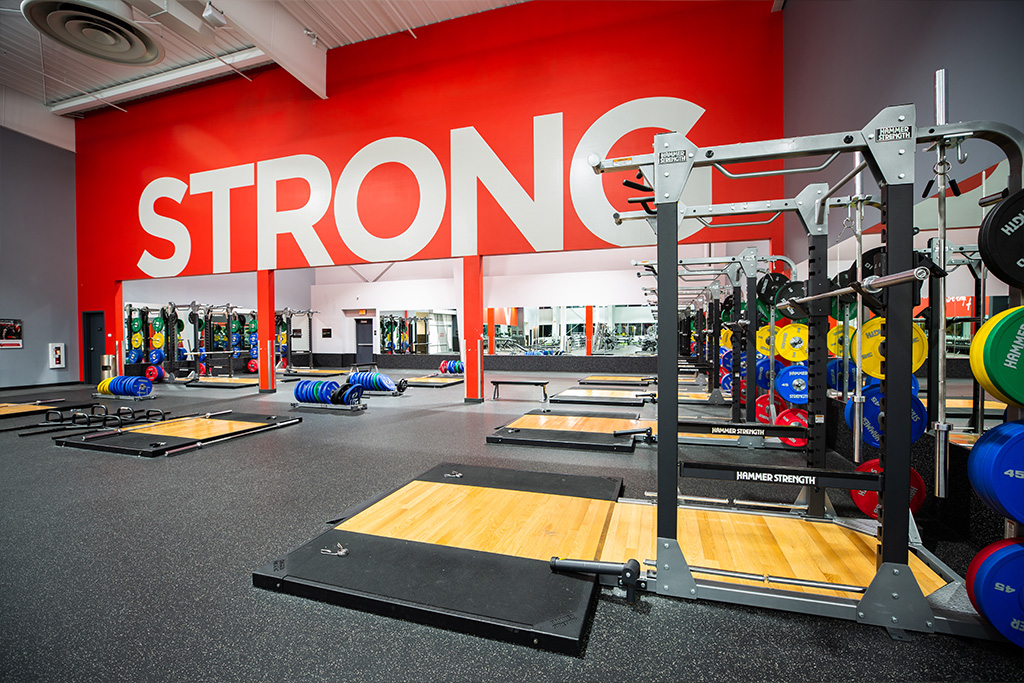
BUILDING MUSCLE MASS
Building muscle, or muscle hypertrophy, is best achieved by performing a moderate amount of reps per set. That is typically six to eight reps per set to maximize the effects of your workout. This means you should be lifting heavy weights instead of lighter weights and training to failure–until you can’t do another rep–to build muscular strength.
This moderate range employs the time-under-tension (TUT) philosophy, which refers to the amount of time your muscles experience the load of your lifts. For optimal hypertrophy, your TUT should be between 30-45 seconds before you rest between sets. This range gives your muscles ample time under load, causing them to break down, and stimulates the development of lactic acid. Lactic acid causes an increase in anabolic hormones in the body, with the most beneficial being testosterone.
The six to eight-rep range is perfect for maintaining the ideal TUT for muscle growth without being too easy or too difficult to keep your form and complete the exercise. The best number of sets to induce hypertrophy is three to six. However, it’s important to listen to your body. If you’re not at the fitness level to hit this set/rep goal, don’t force it. It is more important to keep good form than hitting a goal and risking injury. An alternative option is to reduce the amount of weight you’re lifting to achieve the rep/set ratio.
Progressive overload is more important than starting with heavy weights. This is the process of increasing the difficulty of your weight training over a period of time, whether that’s increasing the number of reps, sets or going up in weight. Training plans should help you plan to increase your resistance training over time so that you are always increasing your training volume and training to failure in a safe way.
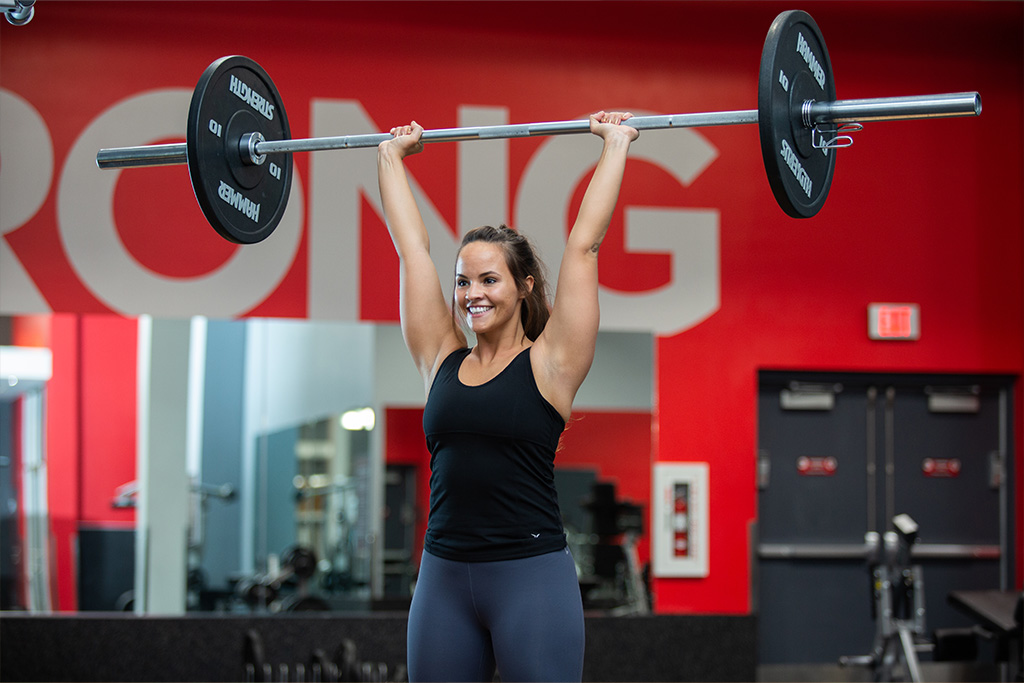
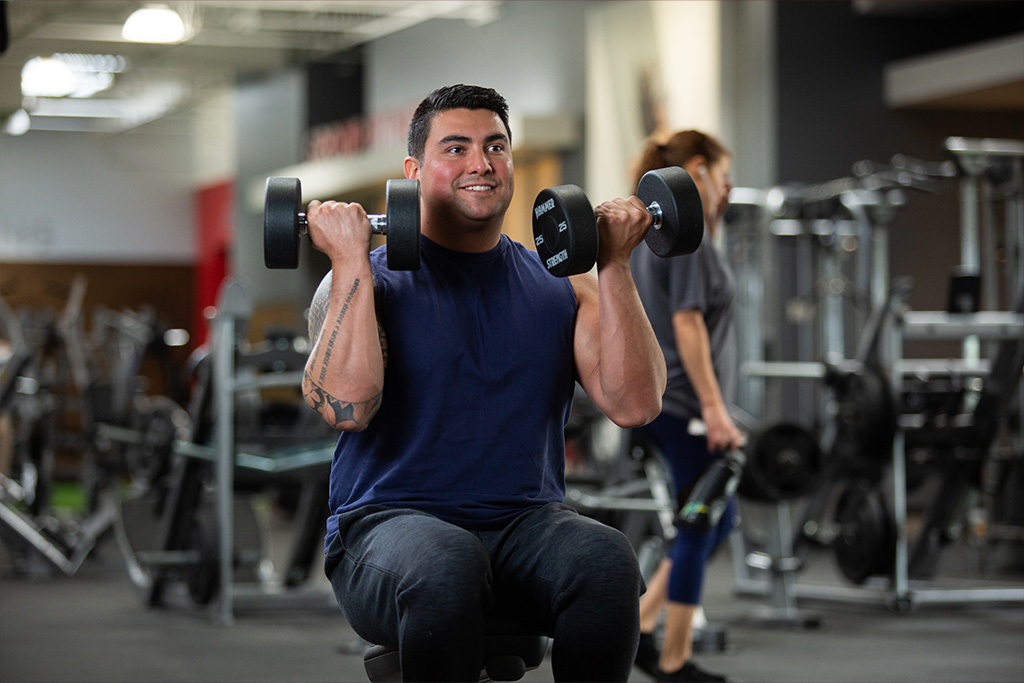
Gymgoers who weight train for health benefits are most likely training for muscular endurance. Endurance training is also necessary to reach your peak athletic performance.
The ideal range for endurance training depends on your current fitness level and weight-lifting experience. Those just starting out should stick to sets of 10-15 reps, while more experienced lifters should go up to 15-20 reps.
Since you’re lifting for endurance and doing a high volume of reps, you’ll naturally need to pick a lower amount of weight. It should be less than half the maximum amount of weight you can lift for one rep. Because endurance training requires many reps, you don’t need to do too many sets; two to three sets are sufficient to build endurance.
On the other hand, efficiently building strength requires lifting the most weight you can handle. This usually translates to sets of three to six reps. The amount of weight you lift should be about 80% of the maximum amount you can rep. By the end of your set, you should feel ready to drop the weight. This is called “lifting until failure,” and it’s a big component of strength building.
Since these types of strength-training workouts call for a lower number of reps, you need to compensate by doing a higher number of sets. Four or five sets is the ideal range. Remember, you’re lifting close to your max capacity, so completing the sets will be challenging. Depending on the movement and to keep yourself safe, this sort of training should be performed with a spotter so you don’t drop the weights on yourself. It’s also recommended you rest for two to six minutes between sets.
CONTINUE TO PUSH YOURSELF
Weightlifting is all about self-improvement and discipline. Every trip to the gym should challenge you so you continue to get stronger. If you feel your workouts aren’t as taxing as they could be, start increasing the weight. The standard rule is to add five pounds to your lifts every week. However, it’s important to avoid pushing yourself too hard and keep proper form so you don’t get injured.
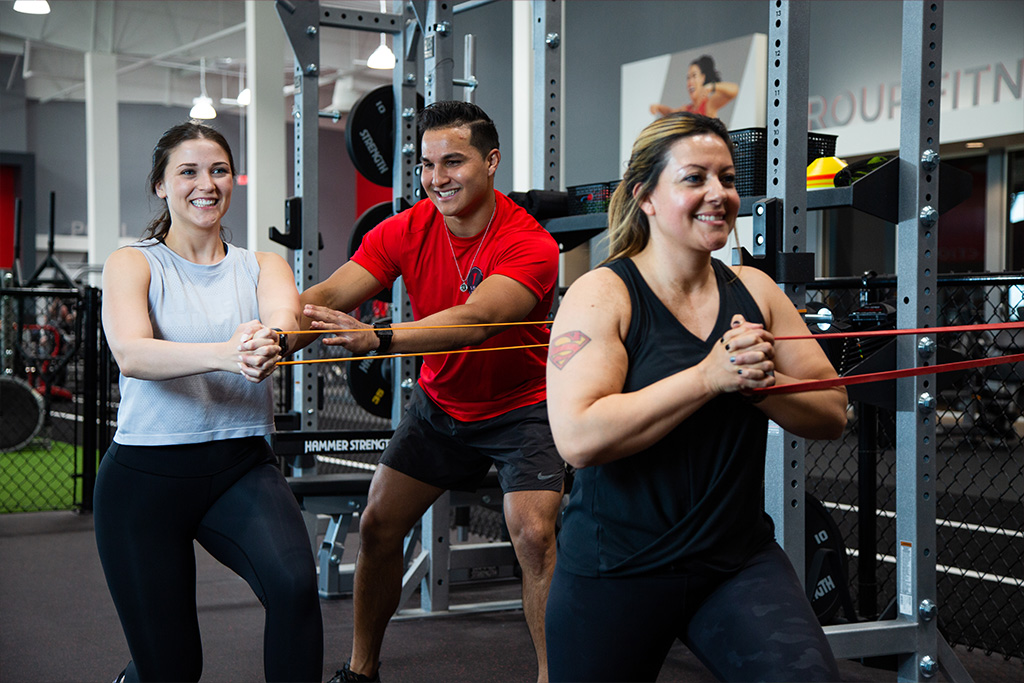
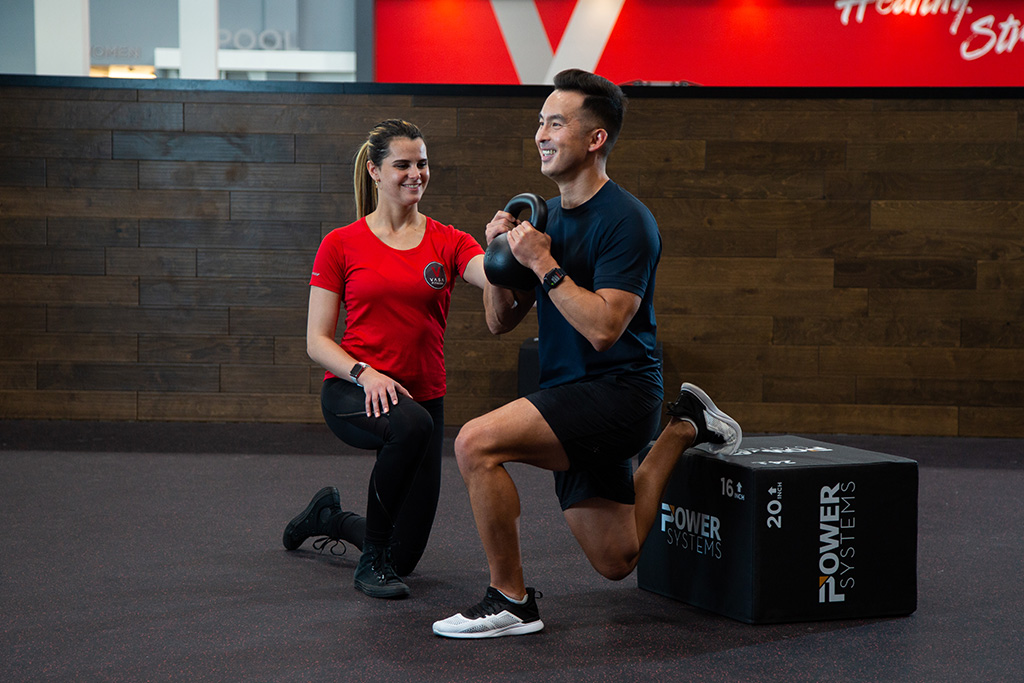
CONSIDER HIRING A PERSONAL TRAINER
If you’d prefer to have a coach guide you through the movements and help you reach your goals, consider hiring a personal trainer. During your first session, one of VASA’s certified Personal Trainers will sit down with you to discuss your fitness goals, evaluate your current fitness levels, and design a workout plan customized to you. Working out with a personal trainer will challenge you, help you avoid injury and plateaus, and ensure you get the most out of every workout.
Interested in scheduling a free, one-hour personal training consultation? VASA members can click here to book an appointment at your local VASA.
SUBSCRIBE TO OUR BLOG
Enter your email to start receiving our blog emails!
